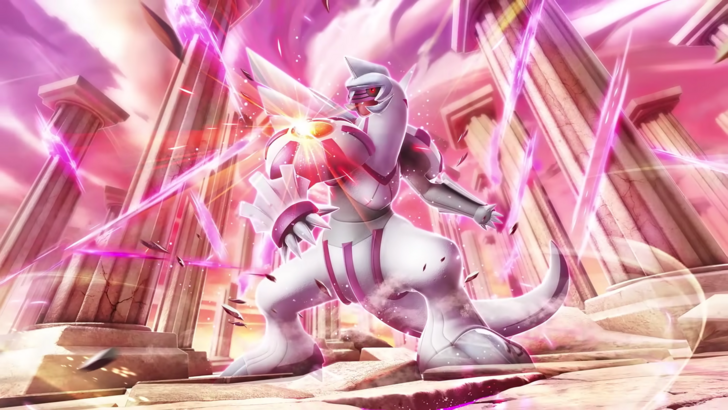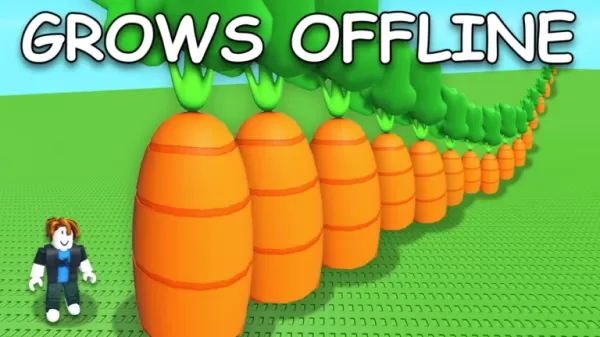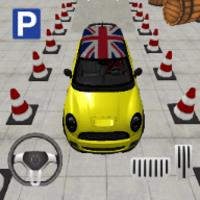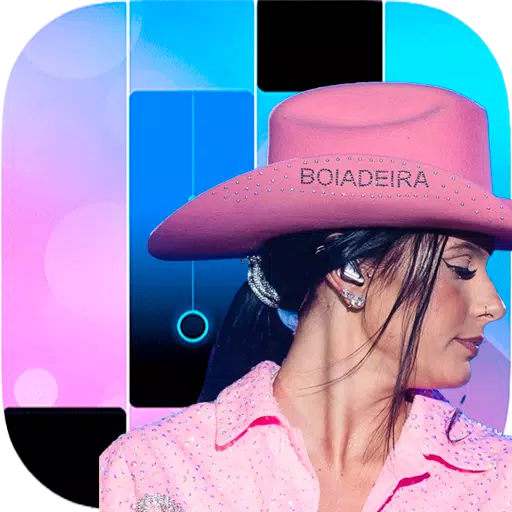At the start of April, Nintendo's highly-anticipated Switch 2 Direct event concluded with a surprising twist. The showcase had dazzled fans with an array of exciting new features and a robust lineup of upcoming games. However, one crucial detail was conspicuously absent: the price. Soon after, fans' concerns about a steep price increase were validated when Nintendo revealed on the newly-launched Switch 2 website that the console would retail at $449—a $150 jump from the original Switch's $299 launch price. The announcement, coupled with the news that the launch title, Mario Kart World, would cost $80, sparked both frustration over the lack of transparency and concern about the console's market performance.
Echoes of the Wii U's failure resurfaced among some fans, who feared that the high price tag might limit the Switch 2's appeal and potentially plunge Nintendo into another downturn. Comparisons to the cost of a PS5 or Xbox Series X, which offer more advanced technology, fueled doubts about the Switch 2's value proposition. Yet, these fears were quickly dispelled when Bloomberg reported that the Switch 2 was projected to have the most successful console launch ever, with estimates of 6-8 million units sold. This would eclipse the record of 4.5 million set by the PS4 and PS5. Despite the elevated price, consumer demand for the Switch 2 remained robust, underscoring a strong market appetite for Nintendo's latest offering.

While the Switch 2's price point is undeniably high, it aligns closely with its competitors. Looking back at Nintendo's history, the Virtual Boy serves as a stark contrast. Launched 20 years ago, it was Nintendo's pioneering yet flawed venture into virtual reality. Despite the allure of VR, the technology was not consumer-ready in 1995, and the Virtual Boy's rudimentary design and reported health issues deterred buyers. In contrast, the Switch 2 draws parallels to the successful Wii, which introduced motion controls that captivated a broad audience and redefined gaming experiences. This legacy continues with the Switch 2, maintaining motion controls as a staple feature beloved in titles like Pikmin and Metroid Prime.
Nintendo's knack for creating coveted consoles is evident, much like Sony's PlayStation 2, which doubled as a DVD player and became a household staple. The original Switch's seamless transition between handheld and console modes was a game-changer, a concept that remains popular. The Switch 2 addresses the original's power limitations, offering enhanced performance while retaining the beloved hybrid functionality. Though not as groundbreaking as its predecessor, the Switch 2 is a product that gamers still crave.
The Switch 2's pricing is in line with industry standards set by competitors like the PS5 and Xbox Series X. The Wii U's failure underscores the importance of not just hardware but also a compelling game lineup. Its launch title, New Super Mario Bros. U, failed to innovate, contributing to the console's demise. In contrast, the Switch 2 boasts a rich library of games from its predecessor, enhanced with graphical upgrades and new content. Its launch game, Mario Kart World, breaks from tradition with an open-world design, offering a fresh take on the beloved series. Subsequent releases, including a new 3D Donkey Kong game and an exclusive FromSoft title reminiscent of Bloodborne, further bolster the Switch 2's appeal.
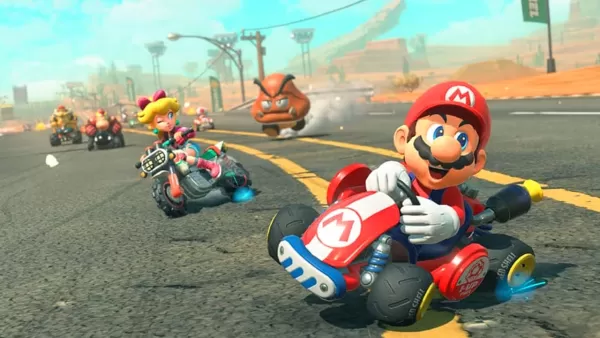
While the $449 price tag for the Switch 2 is a significant investment, it's consistent with the current market rates for flagship consoles. The PS5 and Xbox Series X retail at similar prices, and though the Switch 2's hardware may not match theirs, its unique features and game offerings justify its cost. The PS3's launch serves as a reminder of the risks of pricing a console too high; its $499 to $600 price range in 2006 was unprecedented and initially hurt sales. However, the Switch 2's pricing aligns with today's norms, and with over 75 million PS5 units sold, it's clear that consumers are willing to pay this price for a quality gaming experience.

